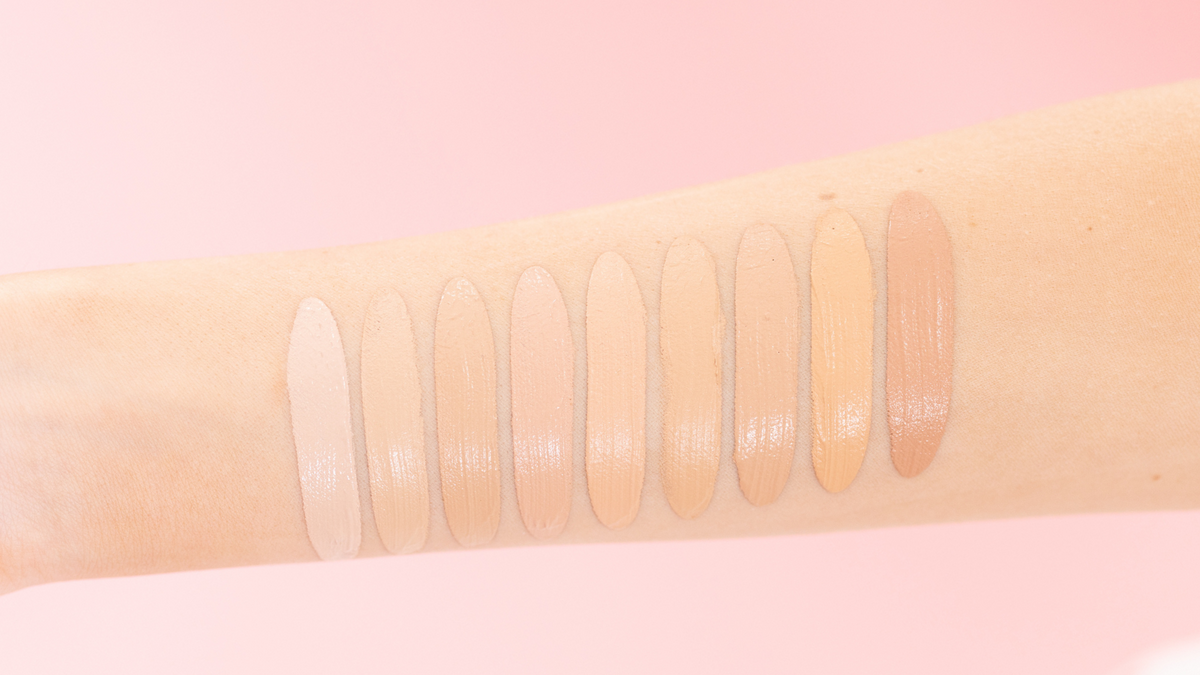
COLOR THEORY: FINDING YOUR PERFECT MAKEUP SHADES AND FORMULAS
|
|
Time to read 4 min
Written by: Loren Dreas
|
Published on
|
Time to read 4 min
Navigating the world of makeup can feel overwhelming, especially with the plethora of shades and formulas available.
Have you ever wondered why some colors bring out your natural beauty while others seem to clash? The answer lies in the science of color theory.
Understanding how colors interact with your skin tone, undertones, and personal features can help you choose makeup shades that enhance your unique beauty.
In this blog, we’ll explore the principles of color theory, its significance in makeup selection, and how you can further refine your choices through my specialized color theory course and virtual personal color analysis.
Table of content
Color theory is a foundational concept in art and design that explains how colors relate to one another and how they can influence perception. At its core, color theory consists of primary colors (red, blue, yellow), secondary colors (green, orange, purple), and tertiary colors (combinations of primary and secondary colors). Understanding these relationships can help you make informed choices about which makeup colors will harmonize with your natural features.
This refers to the actual color itself, such as red, blue, green, etc. When selecting foundation, the hue should match your skin tone as closely as possible.
This describes the lightness or darkness of a color. For makeup, it’s important to choose shades that match the value of your skin—whether you have a light, medium, or deep complexion.
This refers to the intensity or saturation of a color. A makeup shade with the right chroma will enhance your features without overpowering your overall appearance.
One of the most crucial aspects of color theory in makeup is understanding your skin's undertone. Undertones are the subtle hues beneath the surface of your skin, and they can generally be categorized into three main types:
Warm Undertones: If your skin has a golden, peachy, or yellow hue, you likely have warm undertones. Makeup shades such as earthy tones, warm reds, and coral will complement your complexion beautifully.
Cool Undertones: Those with a pink, red, or blue hue in their skin have cool undertones. Look for makeup shades that are labeled “cool,” “rosy,” or “blue-based” to enhance your natural glow.
Neutral Undertones: If you can wear both warm and cool shades without looking washed out, you have neutral undertones. This flexibility allows you to experiment with a broader spectrum of colors.
To effectively use color theory when choosing your makeup, follow these steps:
1. Identify Your Undertone: Determine if you have warm, cool, or neutral undertones. You can do this by examining your veins (blue indicates cool, green indicates warm) or observing how different colors look against your skin.
2. Swatch and Test: When shopping for makeup, swatch a few shades on your jawline or wrist. The right shade should blend seamlessly into your skin, appearing almost invisible.
3. Consider the Lighting: Always test makeup shades in natural lighting to get an accurate representation of how the color will appear on your skin throughout the day.
4. Assess Formula Compatibility: Different formulas cater to different skin types. For instance, a liquid foundation may work best for normal to dry skin, while a powder foundation may be ideal for oily skin.
Choosing the right formula is just as important as selecting the right shade. Different formulas serve different purposes and cater to various skin types:
Liquid Foundations: These provide a versatile option, allowing for light to full coverage. They can offer a dewy finish and are suitable for most skin types, particularly normal to dry skin.
Cream Foundations: Thicker in consistency, cream foundations provide full coverage and a dewy finish. While they are ideal for dry skin, they may be too heavy for oily skin.
Powder Foundations: Best for oily skin, powder foundations help absorb excess oil and provide a matte finish. However, they may not be suitable for dry skin, as they can emphasize dryness.
Tinted Moisturizers and BB Creams: Lightweight and hydrating, these options are perfect for those seeking a natural look with a hint of coverage. They are suitable for all skin types, especially normal to dry.
Now that you understand the principles of color theory and how they relate to makeup, it’s time to explore your unique color profile. Knowing your undertones and ideal shades will help you make informed choices, but there’s more to discover!
To delve deeper into the science behind color theory and its application in makeup, consider enrolling in my comprehensive color theory course. This course is designed to help you understand the intricacies of color selection, providing you with the tools necessary to confidently choose your perfect shades and formulas. You’ll learn about the effects of different color pairings, practical applications in makeup, and personalized tips to enhance your beauty routine.
For a more tailored experience, I also offer a virtual personal color analysis. This personalized service allows you to gain insights into your unique color profile with professional guidance. During the analysis, I will assess your skin's undertone, recommend specific makeup shades that will enhance your appearance, and help you choose the right formulas for your skin type. This one-on-one consultation can be transformative, empowering you to make choices that truly resonate with your individual style.
The science of color theory is an invaluable tool for finding the right makeup shades and formulas. By understanding your skin's undertone and the various makeup options available, you can create a stunning and harmonious look that enhances your natural beauty. Whether you choose to explore our color theory course or take advantage of our virtual personal color analysis, you are stepping into a world of informed and confident makeup choices. Embrace the power of color theory and start your journey to discovering your ideal makeup shades today!